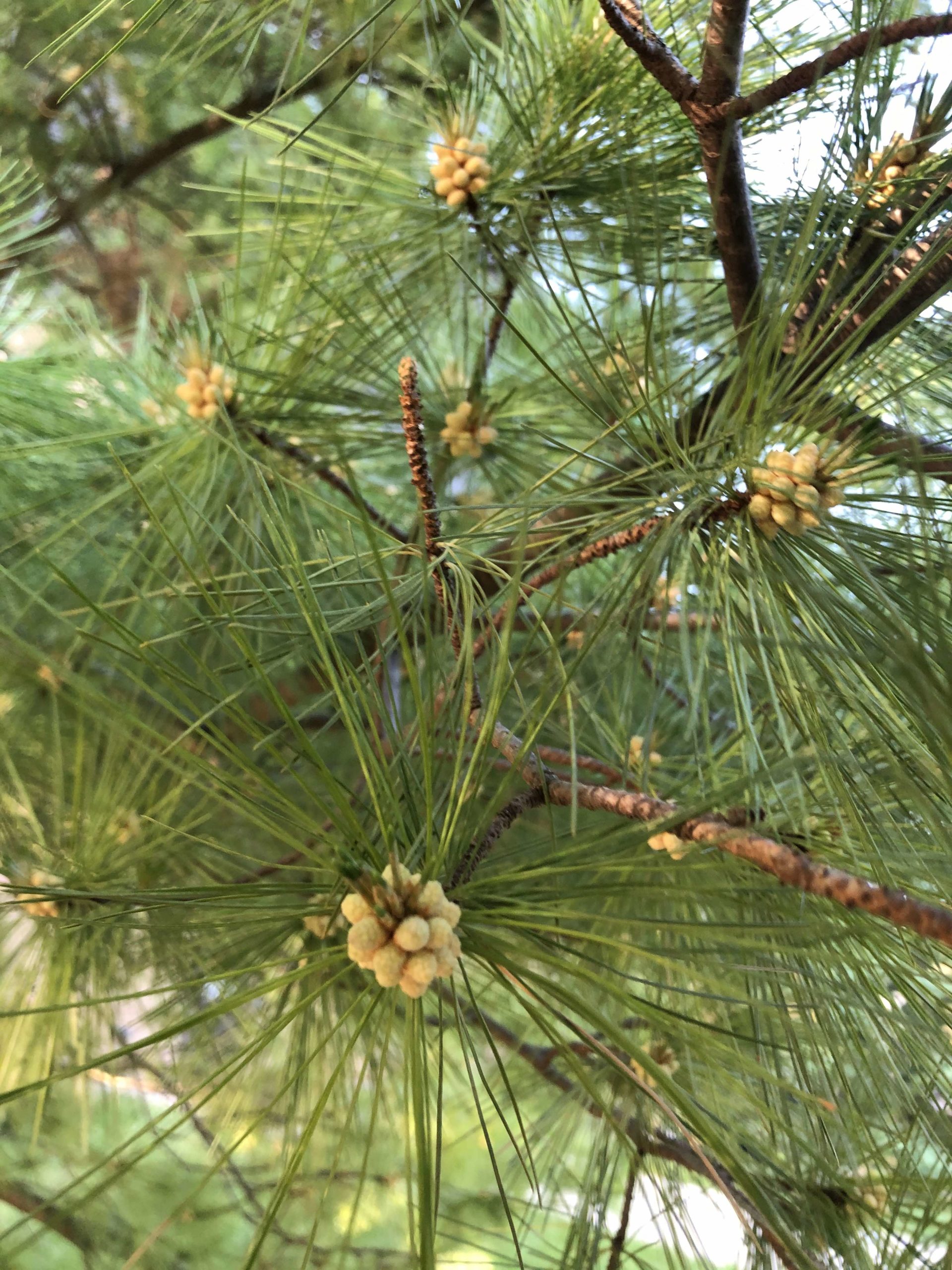
Prof. Steiner Publishes New Pollen Emissions Paper in Nature
“This work provides a starting point for further investigations into the consequences of climate change on pollen emission patterns and subsequent health implications.”

“This work provides a starting point for further investigations into the consequences of climate change on pollen emission patterns and subsequent health implications.”
A new paper on pollen emissions was published by Climate and Space Professor Allison Steiner in Nature Communications. The paper is titled “Projected climate-driven changes in pollen emission season length and magnitude over the continental United States.”
Professor Steiner provides a summary below:
Graduate student Yingxiao Zhang and Professor Allison Steiner developed a
model that can account for changes in pollen emissions across the United
States for 15 prevalent pollen types. They combined climate data with
socioeconomic scenarios and developed a modeling approach to project
changes in pollen emissions in the US at the end of the century (2081–2100),
which they then compared to a historical period (1995–2014). The
simulations suggest that end of the century pollen emissions could start up
to 40 days earlier and may also last 19 days longer, increasing the annual
pollen emissions over the US by 16–40%. Additionally, they tested the
impact of increased CO2 concentrations and found annual pollen emissions
could rise by up to 250% due to anthropogenic pollution, although the
impact of CO2 on pollen production is still uncertain and additional
research is needed to quantify its effects in natural settings. This work
provides a starting point for further investigations into the consequences
of climate change on pollen emission patterns and subsequent health
implications.
See a simulation by Yingxiao Zhang showing changes in pollen emission for 2014: https://myumi.ch/xd65z